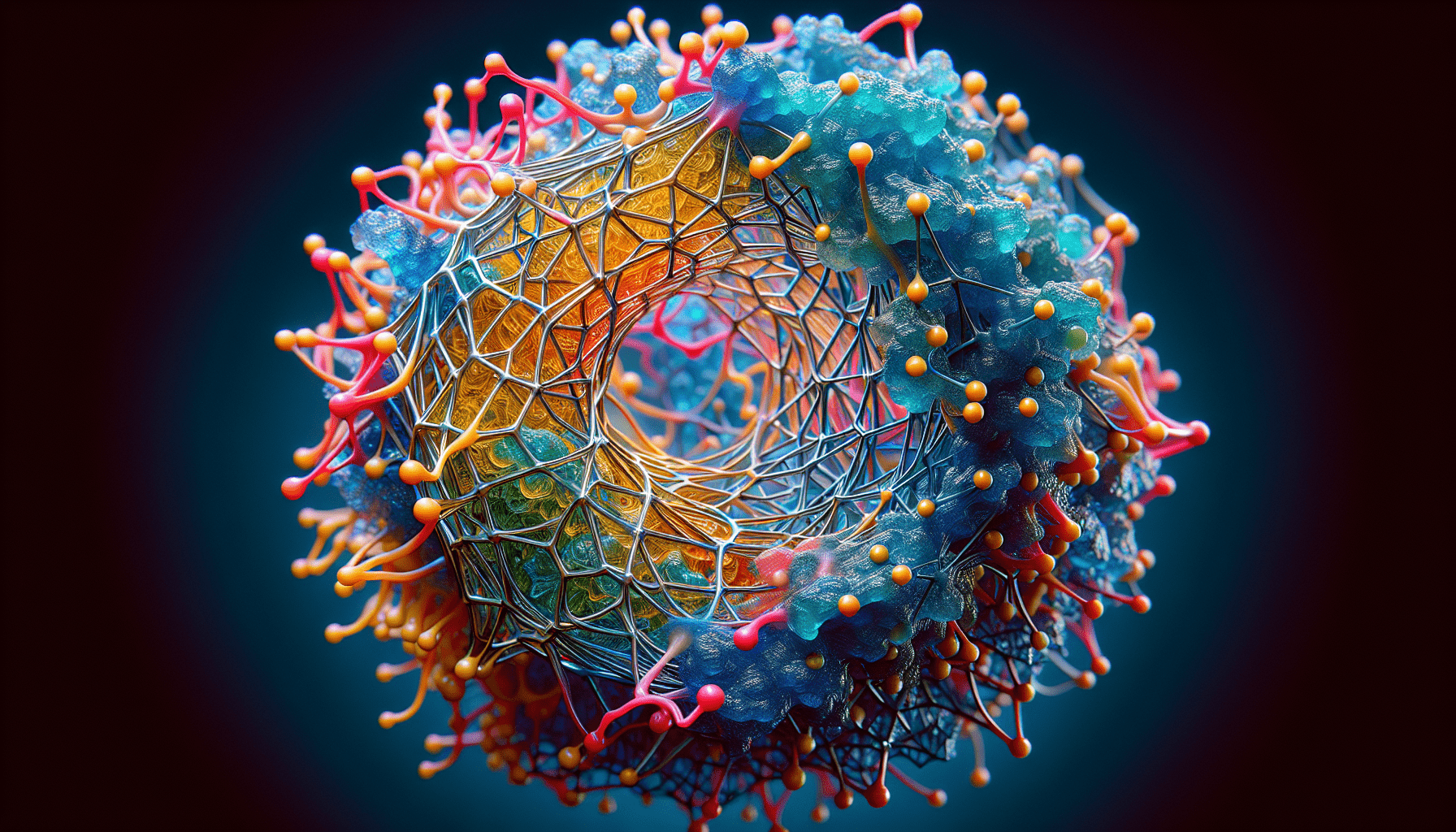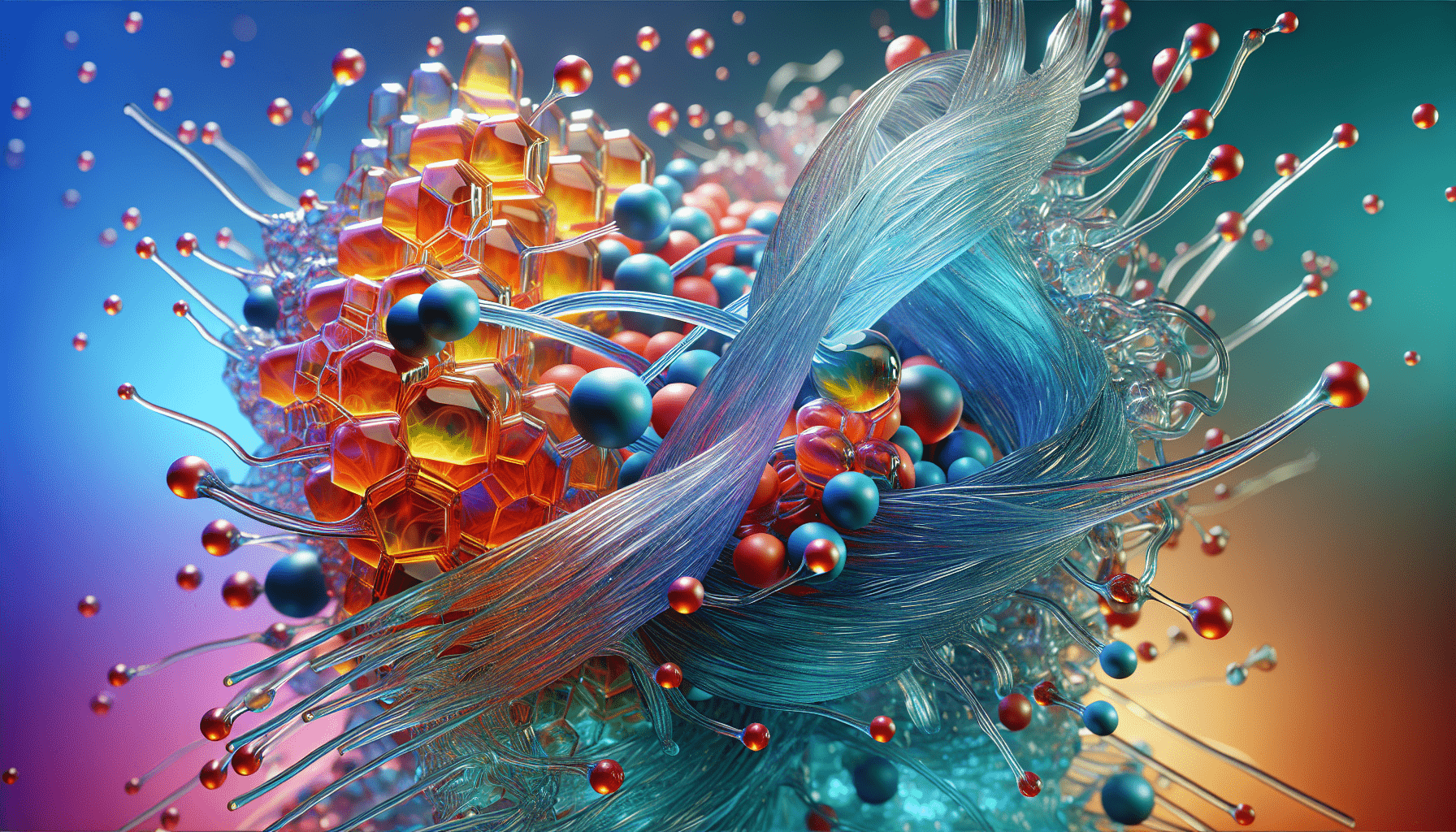FLASHFORGE Adventurer 5M 3D Printer with Fully Auto Leveling System, Max 600mm/s High-Speed, 280℃ Quick-Detach Nozzle, CoreXY Structure for Superior Print Quality, Rookies & Experts Smart Choice
$259.00 (as of June 2, 2025 19:53 GMT +00:00 - More infoProduct prices and availability are accurate as of the date/time indicated and are subject to change. Any price and availability information displayed on [relevant Amazon Site(s), as applicable] at the time of purchase will apply to the purchase of this product.)Ever wondered how recent advancements in 3D bioprinting are shaping the future of medical implants? Let’s embark on a fascinating journey to explore how borate bioactive glass (BBG) enhances sodium alginate (SA) in the realm of 3D bioprinting, creating a paradigm shift in biomedical applications.

$30 off $400+ Anycubic Products with code AC30OFF
Introduction to Borate Bioactive Glass and Sodium Alginate
3D bioprinting has gained significant traction in medical science, primarily due to its potential to create complex tissue structures. While various materials have been explored, borate bioactive glass and sodium alginate have emerged as promising candidates.
Understanding Sodium Alginate
Sodium alginate (SA) is a natural polysaccharide extracted from brown seaweed. It’s renowned for its bio-friendliness and cost-effectiveness, making it a popular choice in 3D bioprinting. Despite its advantages, SA has limitations in terms of printing precision and gelation uniformity.
The Role of Borate Bioactive Glass
Borate bioactive glass (BBG) has been extensively studied for its biocompatibility and bioactivity. It’s distinct from other biomaterials like hydroxyapatite and calcium phosphate due to its anti-infective and angiogenic properties, making it exceptional for healing and regeneration.
The Convergence of BBG and SA in 3D Bioprinting
The synergy between BBG and SA marks a significant advancement in bioprinting. This combination promises improved printing accuracy and enhanced biocompatibility, particularly beneficial for creating intricate bone and soft tissue implants.
Enhanced Printing Precision
BBG’s controlled release of calcium ions during printing improves the self-solidification of SA. This results in higher structural accuracy and reduced shrinkage, eliminating the need for post-printing calcium immersion, which often led to non-uniform gelation.
Improved Biocompatibility
BBG-SA hydrogels not only support cell adhesion and proliferation but also promote osteogenic differentiation, essential for bone regeneration. This makes them ideal for tissue engineering applications.

Buy Photon Mono M5 Get Free 1KG Resin
Mechanisms Behind BBG-SA Hydrogels
The integration of BBG into SA enhances the properties of the resulting hydrogel through several mechanisms:
Self-Solidification During Printing
The controlled release of calcium ions from BBG facilitates the in-situ solidification of SA during the 3D printing process. This unique feature improves the rheological properties, precision, and stability of the printed constructs.
| Key Mechanism | Impact on 3D Bioprinting |
|---|---|
| Controlled calcium release | Enhances self-solidification of SA |
| Improved rheological properties | Leads to higher precision and stability |
| Cell support | Enhances adhesion, proliferation, and differentiation |
Enhanced Structural Accuracy
Traditional SA platforms face challenges such as low printing precision and significant shrinkage during post-treatment. In contrast, BBG-SA hydrogels solidify during printing, ensuring higher structural integrity and accuracy.
Osteogenic Differentiation
BBG-SA hydrogels promote osteogenic differentiation, a crucial factor for effective bone regeneration. This makes them a promising material for complex biological structures in regenerative medicine.
Biomedical Applications of BBG-SA Hydrogels
The enhanced properties of BBG-SA hydrogels open new possibilities in various biomedical fields:
Bone and Soft Tissue Implants
The improved structural accuracy and biocompatibility of BBG-SA hydrogels make them ideal for 3D printing intricate bone and soft tissue implants. These implants can be precisely tailored to match patient-specific anatomical structures.
Wound Healing Applications
BBG is already used in FDA-approved microfibrous dressings for chronic wounds. When combined with SA, the resulting hydrogels offer enhanced wound healing capabilities by promoting cell adhesion and proliferation.
Regenerative Medicine
Regenerative medicine benefits greatly from the BBG-SA hydrogels due to their ability to support cell growth and differentiation. This makes them suitable for applications like nerve and muscle regeneration.
Future Directions and Research
While BBG-SA hydrogels hold significant promise, ongoing research continues to explore their full potential:
Drug Delivery Systems
BBGs possess the potential to act as drug delivery systems, especially for treating infections or conditions like osteoporosis. Researchers are investigating the incorporation of various therapeutic ions into BBG-SA hydrogels to enhance their efficacy.
Enhanced Wound Healing
Modifying BBGs with ions like copper, magnesium, and strontium can further enhance their wound healing abilities. These ions promote blood vessel formation and improve bone healing, making BBG-SA hydrogels highly effective in regenerative therapies.
Biocompatible Electronic Devices
The structural stability and biocompatibility of BBG-SA hydrogels also make them suitable for developing biocompatible electronic devices. This emerging field holds potential for advanced medical diagnostics and treatments.
Conclusion
The integration of borate bioactive glass into sodium alginate represents a groundbreaking advancement in the field of 3D bioprinting. By enhancing printing precision, biocompatibility, and mechanical stability, BBG-SA hydrogels open new possibilities for complex bone and soft tissue implants, wound healing, and regenerative medicine. With ongoing research and development, these materials are poised to revolutionize biomedical applications, offering hope for more effective and personalized treatments in the future.
$30 off $400+ Anycubic Products with code AC30OFF







